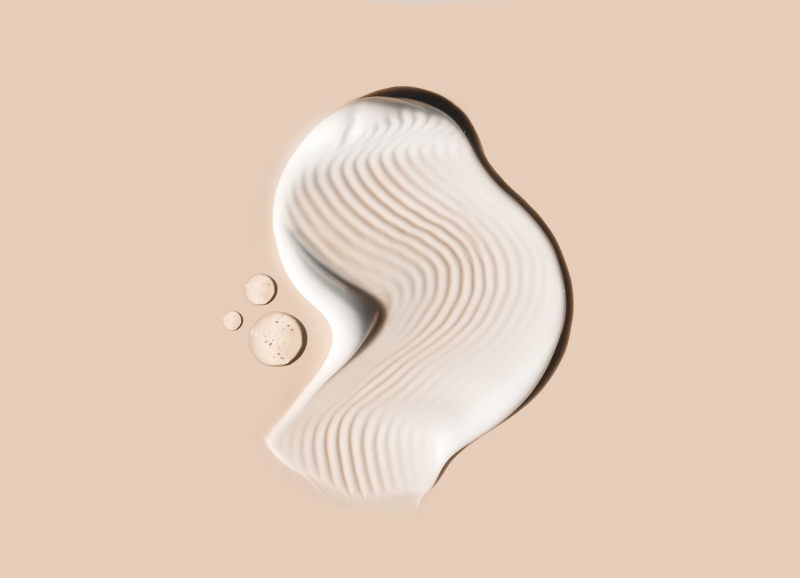Contents

Over the past few years, the public has gotten annual scares about benzene in beauty products. Elevated levels of the known carcinogen have popped up in products ranging from dry shampoos to sunscreen. The latest occurrence is in acne products containing benzoyl peroxide. The compound wasn’t intentionally added to these products — it appeared as a byproduct during production or degradation.
“While benzene is not intentionally being added to skin-care products, it can end up in them in the form of a contaminant or as in the case of benzoyl peroxide, as a result of the breakdown of the ingredient,” says dermatologist Dr. Marisa Garshick. “While we haven’t seen benzene connected to benzoyl peroxide in the past, there have been prior concerns with benzene when it was found as a contaminant in certain sunscreens through testing performed by the same lab.”
Meet the expert
Marisa Garshick, MD is a board-certified dermatologist in New York City and New Jersey.
"Benzene is a compound that is known to be a carcinogen," says Dr. Garshick. "It is used as a solvent and can be found in gasoline and is a natural component of crude oil."
Inhalation accounts for 95 to 99 percent of benzene exposure. According to the American Cancer Society, rates of acute myeloid leukemia (AML) have been found higher in those who work in industries chemical, shoemaking, and oil refining where they are exposed to high levels of benzene. Some studies have also suggested a link to other forms of leukemia and blood-related cancers, but the evidence is not as strong as that for AML.
Lab studies in animals like rats and mice have shown that benzene can cause different types of tumors when inhaled or swallowed. It can also cause chromosome changes in bone marrow cells in the lab — a change that is often seen in human leukemia cells. Evidence linking benzene to other forms of cancers is scant.
Many of the past benzene scares were linked to aerosol products, where benzene was found in the propellant that allows the product to be sprayed on. In the case of acne products, benzene was created by the degradation of benzoyl peroxide (the main ingredient in these products) when the samples were incubated at extreme temperatures by researchers at Valisure, a third-party testing agency.
Valisue is also behind many of the other benzene-in-beauty product studies. "It is important to note that these findings were released from an independent laboratory and the methods used still need to be further investigated and validated," says Dr. Garshick. "Overall, more data is needed to verify how to translate these findings into real life."

What Is Benzene Used For?
Benzene has many industrial uses, including the production of chemicals used to make plastics, resins, nylons, detergents, and drugs. It's also part of gasoline.
Benzene in Acne Products
Valisure discovered elevated levels of benzene in benzoyl peroxide products from brands like CeraVe, Clinique, La Roche-Posay, and Proactiv. These levels were discovered after the products were incubated at 122°F for 18 days. Valisure detected over 10 parts per million (ppm) of benzene in 42 products, over 100 ppm in 17 products, and over 1,500 ppm of benzene produced in two products. The Food and Drug Administration recommends that humans be exposed to no more than 2 pmm of benzene per day.
"While it is difficult to interpret these findings and how they would apply to real-world scenarios, it is important to remember that some people may keep their benzoyl peroxide products in the bathroom, in their gym bag outside, or in the car, where even though the temperatures may not reach 100°F, temperatures may be higher and potentially contribute to some product breakdown," says Dr. Garshick. Products may also be exposed to extreme temperatures during transport on hot days.
However, it is still unknown how much topical benzene exposure can cause. "More information would be needed to better understand how much benzene gets absorbed by the skin and how this impacts overall health," says Dr. Garshick.
Benzene in Spray-On Products
Over the years, Valisure has found benzene in products like sunscreens and dry shampoos, leading to recalls from brands like Johnson & Johnson and Proctor & Gamble. Following a 2021 J&J recall, a team of dermatologists examined data from National Health and Nutrition Examination Surveys from 2003 to 2006 and 2009 to 2018 and found that sunscreen use is not associated with increased blood concentrations of benzene among adults in the United States.
Other Forms of Benzene Exposure
Most benzene exposure comes from the world around us. “Exposures can occur in the environment as a result of forest fires, volcanoes, cigarette smoke, and motor vehicle exhaust,” says Dr. Garshick. Low levels of benzene also occur in contaminated drinking water and some foods.
So, What Should I Do Now?
If you have been using any products found to contain benzene, there's no need to panic.
"It is normal to feel concerned about these findings," says Dr. Garshick. "And while there is no formal statement by the FDA at this time, it is reasonable to hold off on the use of products listed until we have more information. It also is reasonable, until we get more information, to store your benzoyl products in cool temperatures and avoid excessive heat exposure. That said, it is also important to remember that benzene is present in our natural environment and while additional exposure should be avoided, it is important to remember that we are already getting exposed to benzene."

